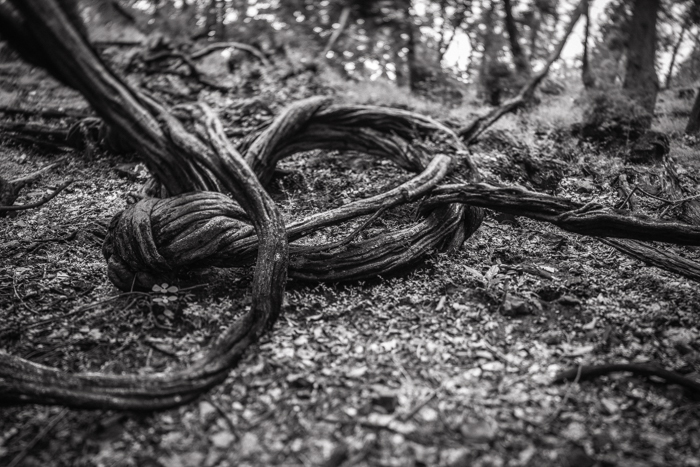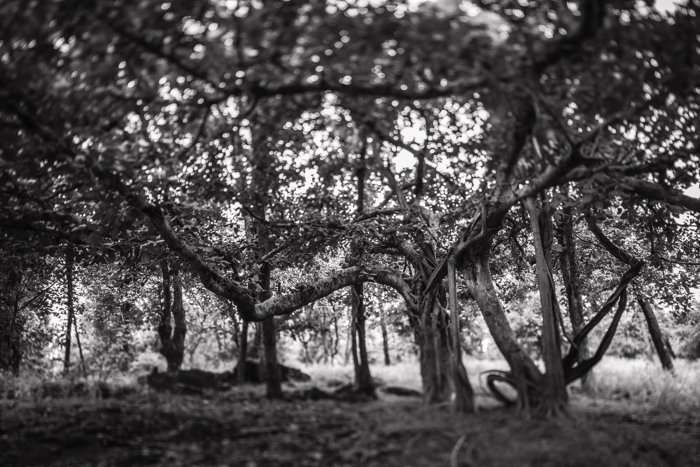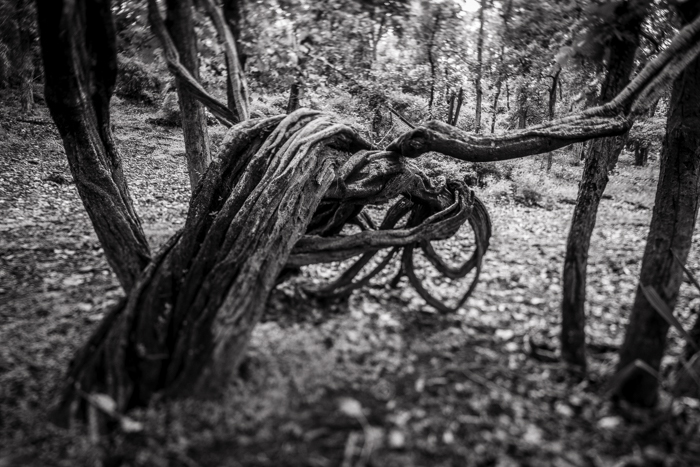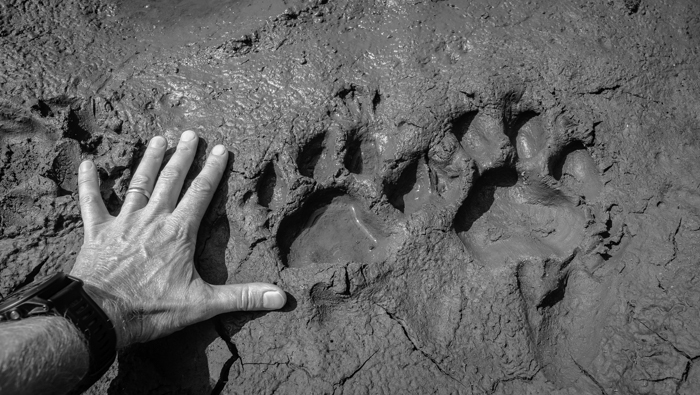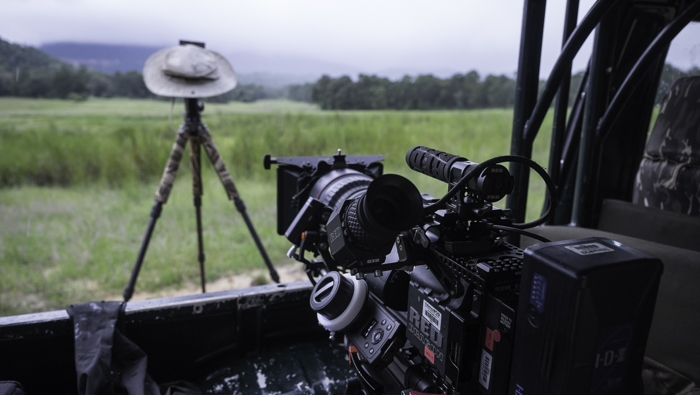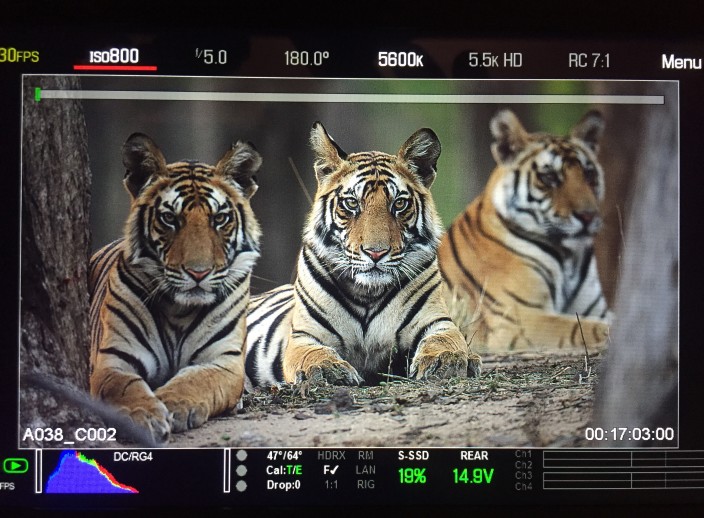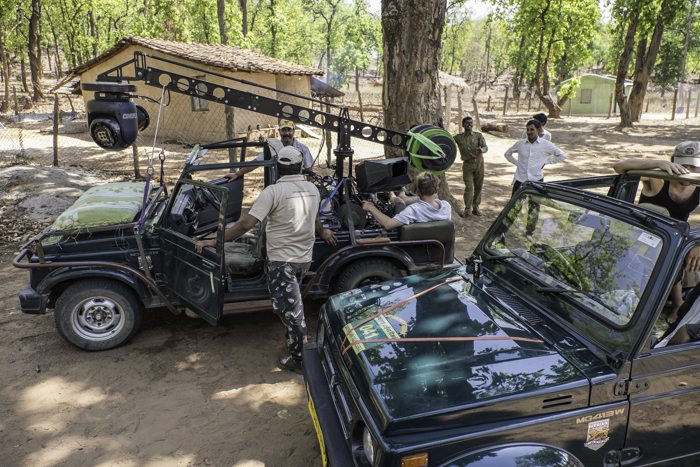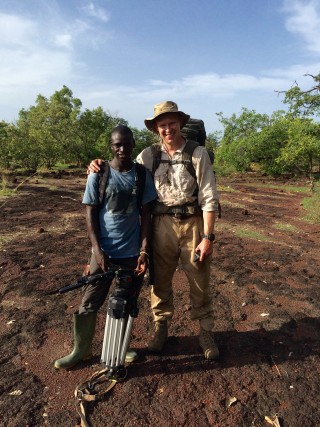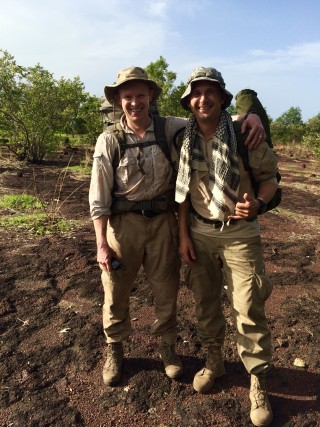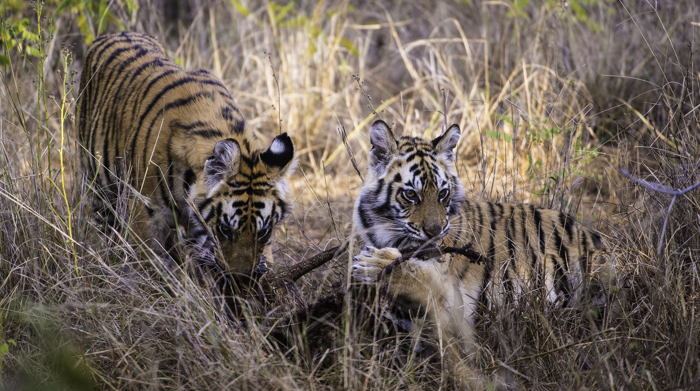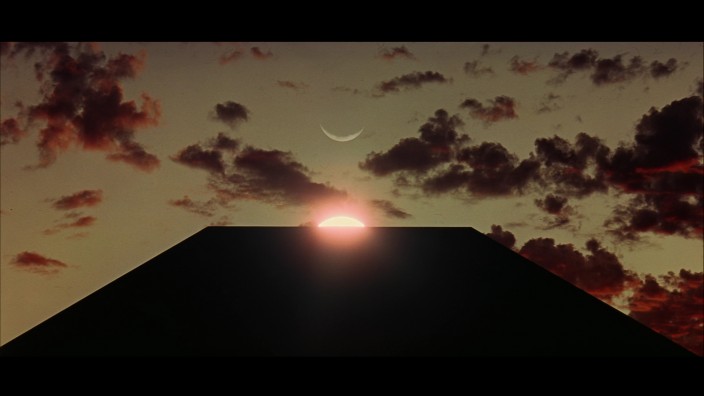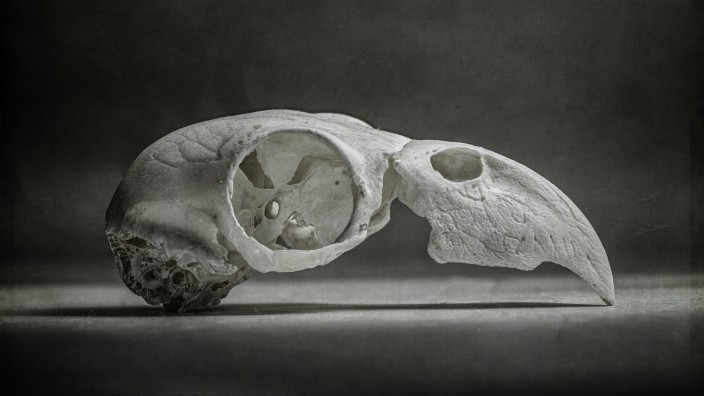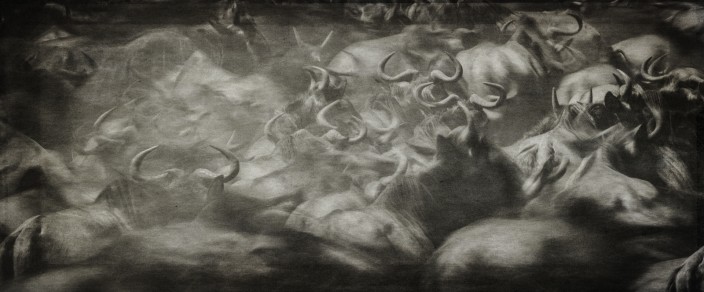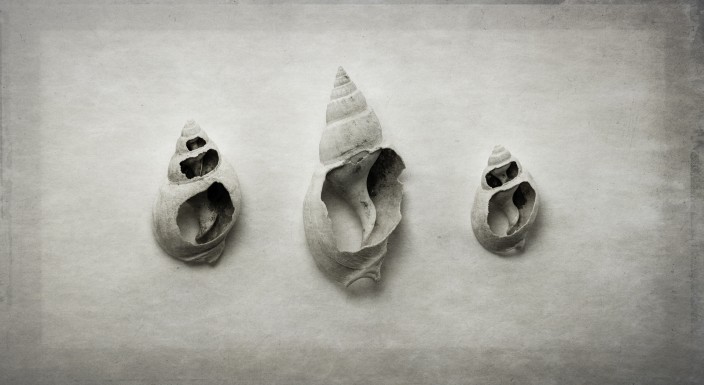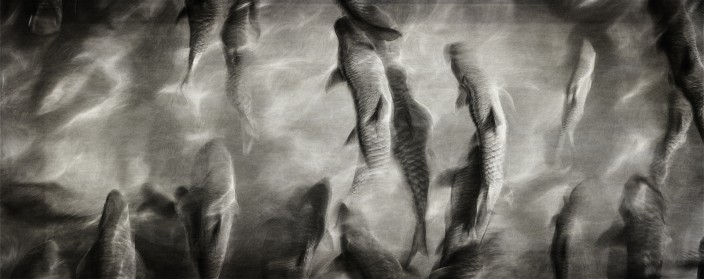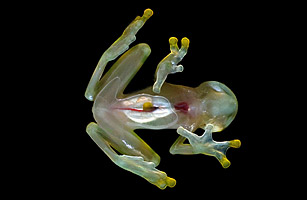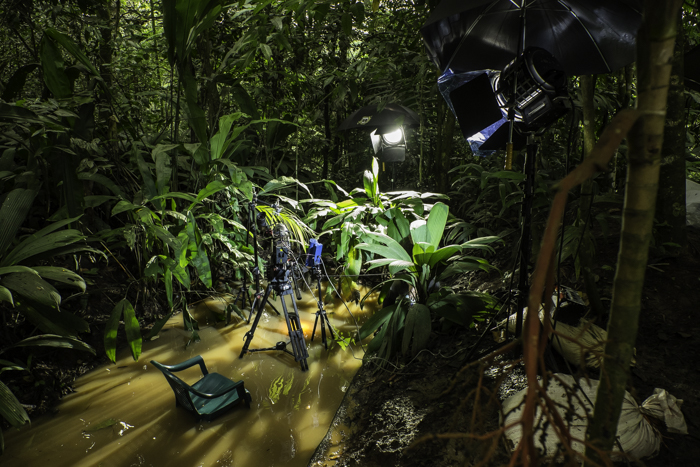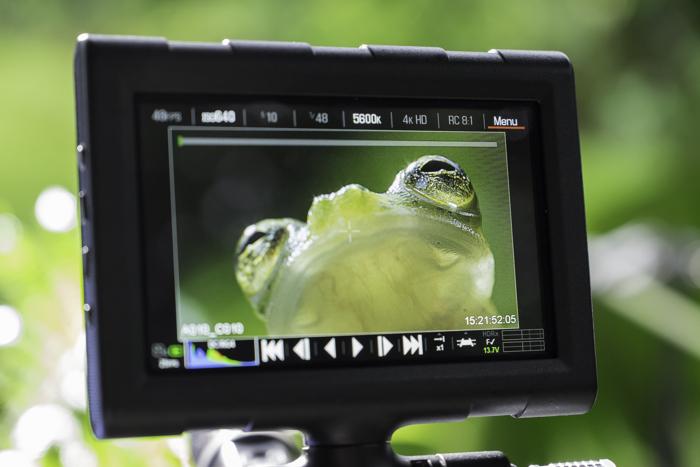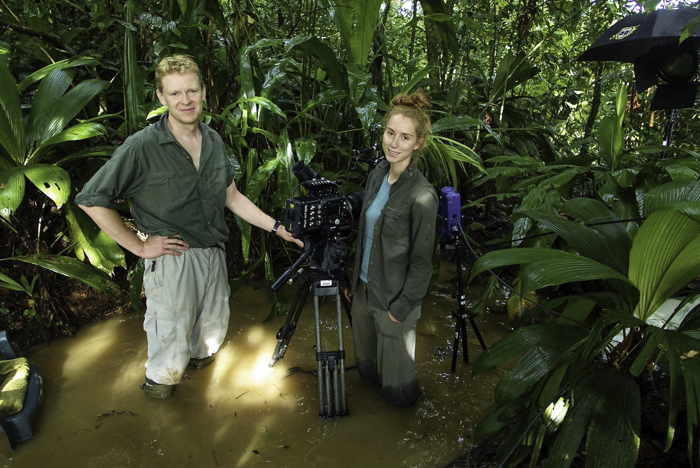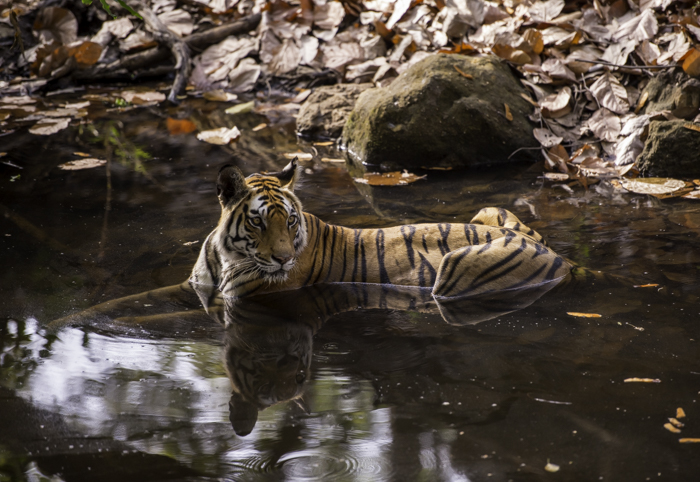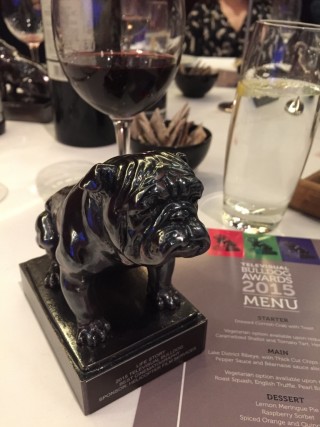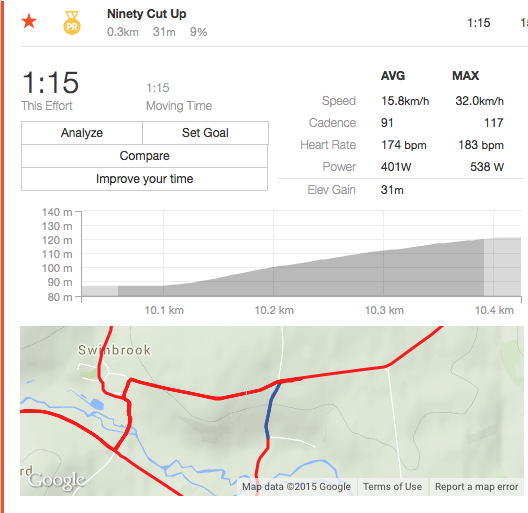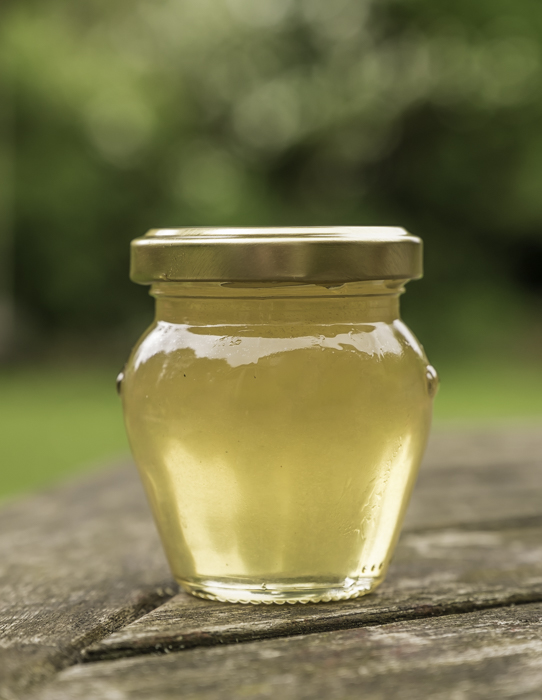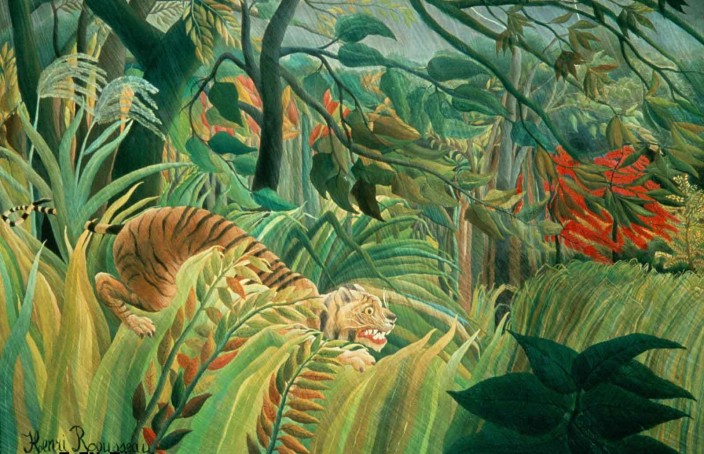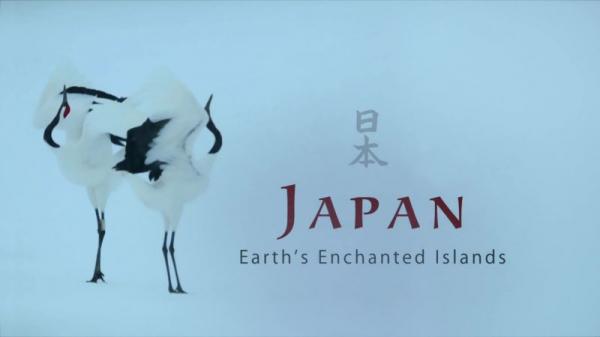I’ve been home for three weeks, it’s been lovely to actually be around for most of December to see the boy’s school Christmas productions – the last few years I haven’t returned home until late December and I’ve really missed the buildup to Christmas.
My most recent shoot was in Senegal, filming chimps for a 1hr film for BBC1. This is a similar project to the tiger film I’m working on; following individual animals over 2 years or so to get a detailed understanding of their lives.
I first filmed this group of chimps a couple of years ago and it was fantastic to see them all again. They live right at the very edge of chimpanzee distribution in a mixed habitat of savannah and woodland – very different to the thick jungle in which we typically imagine chimps living. This group do all sorts of wonderful behaviours; digging for water, making spears to hunt bush-babies and much more bipedal walking than most chimps. They are an absolute joy to be around.
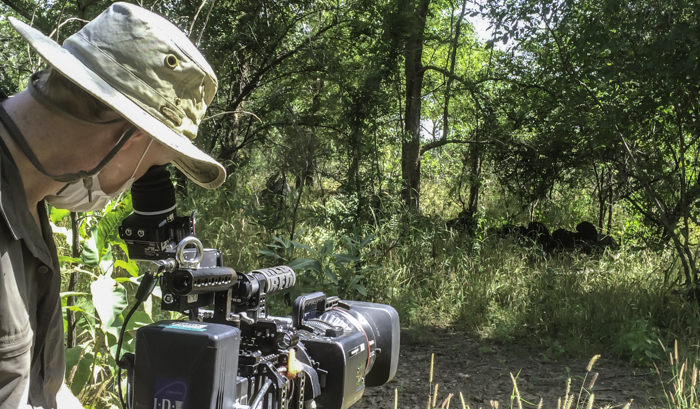
The days are long as we have to be with the chimps when they wake up, and then put them to bed each night so we can find them again the following morning. This typically means getting up around 3.30am and not leaving them until 6pm or so to walk back to the vehicle. It’s tough going too, they might not walk too far in a day (although we put in a couple of 10 mile days on this last shoot) but, although the topography isn’t too challenging, you are constantly dropping down off the plateau into river valleys, so it feels like you are spend a lot of time scrambling up and down slopes.
An extra level of fun at this time of year is the vegetation; the rains had just finished and the vegetation was unbelievably dense – the grass would often be 8ft tall, and very thick. You’ld expend a lot of energy just pushing through it. Add 50lbs of camera kit and 35C temperatures and it felt as much like an SAS boot-camp as an exercise in filming primates.
The dense vegetation also made it very easy to loose the chimps, if you gave them a 30 second head start (usually due to me faffing around sorting out the camera) you might not see them again for an hour or two – or even the rest of the day. They can move very fast, and in absolute silence, when they want to, and it was only due to the unbelievable skills of Michelle – the research assistant on the project and my guide – that we managed to stay with them at all on most days.
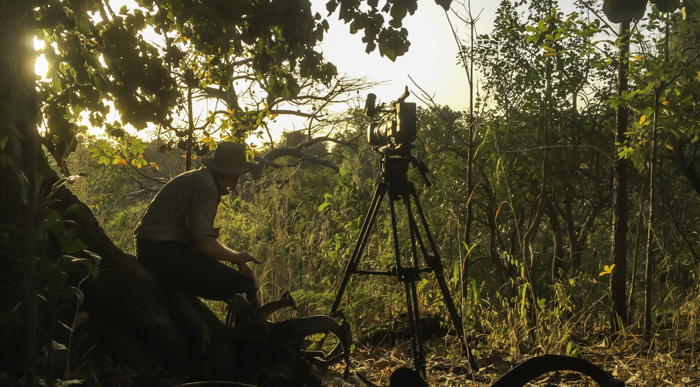
Michelle is incredible, not only is he capable of identifying all the individuals in the group by sight (often at huge distances), he can also recognise most of them by their voices (which is very unusual – and extremely useful). He also has the uncanny ability of second guessing the chimp’s movements, and regularly led me around the most hellacious patches of vegetation and certain-death rock slopes to meet up with the chimps in another part of their territory. As has so often been the case in my career I’ve had the huge good fortune to stand next to people with such extraordinary field skills that I have managed to film things that would have otherwise been utterly impossible. Huge thanks also to the wonderful Jill Pruetz, and to Rosie and Luke for a great shoot.
I next head back to the chimps in March, by which time it will be getting significantly hotter – starting to push in the mid 40’sC, but at least the grass will have died back and I should have a chance of seeing them!
My next trip is back to India to carry on with our tiger film, we are now nearly a year into the project and we already have some really special sequences, and we have over a year still to go. I’m excited about what this film could be, as significant as the challenges of filming tigers are, I always look forward to going back.
I had a nice article about my work published in Nikon Pro (the magazine that gets sent to all Nikon professional photographers) this winter. Something I couldn’t have imagined when I bought my first second-hand Nikon SLR from saved paper-round money when I was 15.
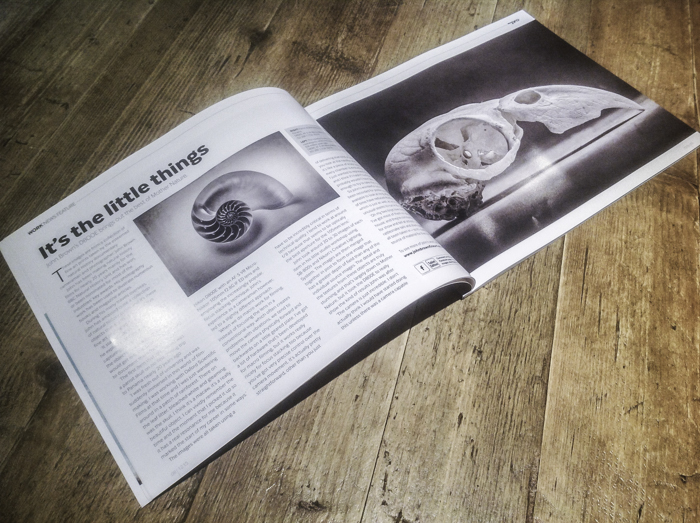
During my month at home I’ve managed to spend some time on the bike, and for the first time in years have started to take training seriously, and although my Functional Threshold Power is improving it’s still about the equivalent of one of Chris Froome’s legs. I’m slightly more encouraged by my Watts/Kg, but this is currently being challenged by the consumption of mince pies.
Have a lovely 2016. I’ll be seeing in the New Year from 38,000ft somewhere over central Asia, but I’ll raise a plastic cup of British Airways G&T in the hope that the world regains some of the (at the risk of sounding trite) peace, love and tolerance that sadly seems to be missing right now.
